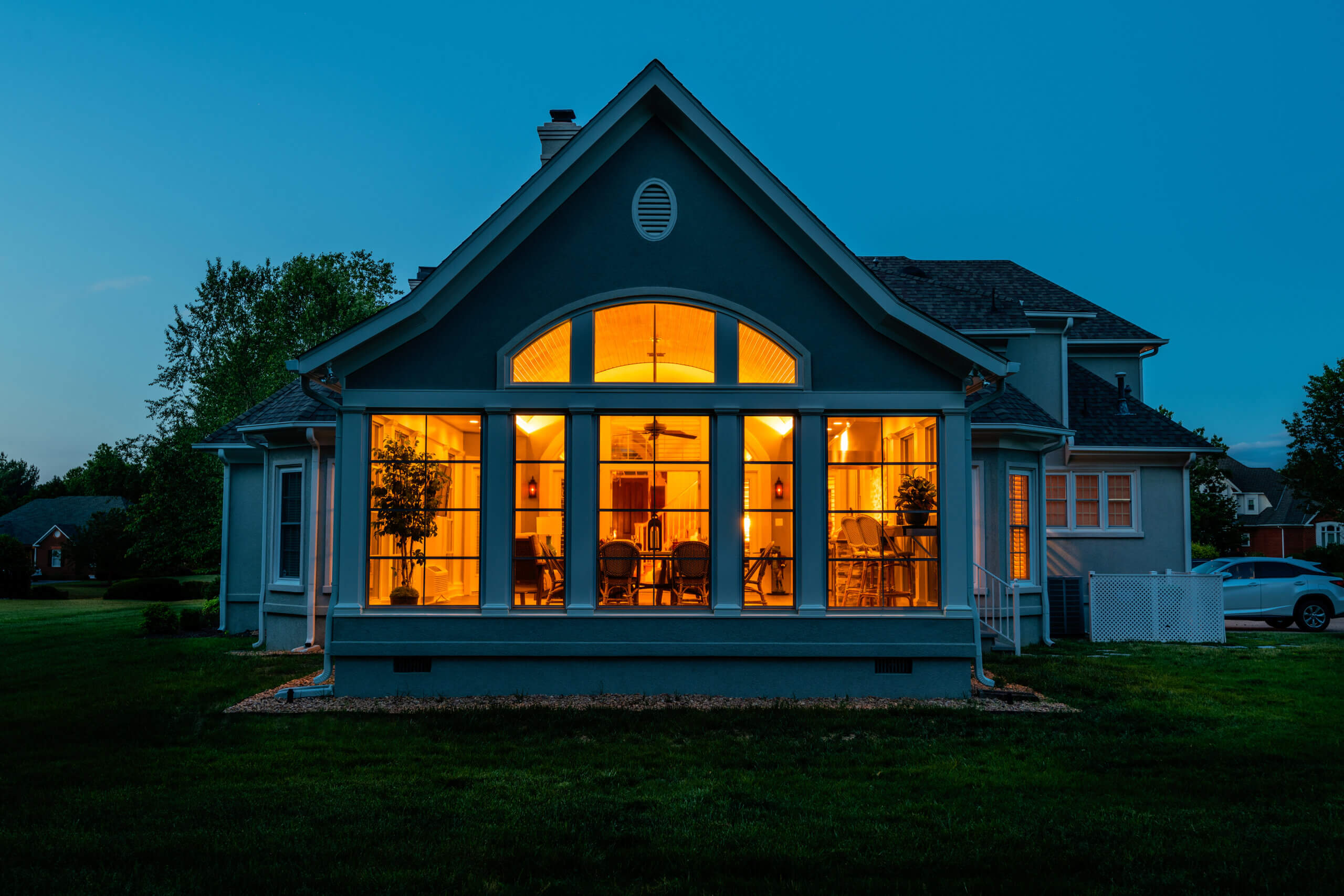
Repair or Replace Old Windows?
Welcome back to Ask HomeMasons! We’ve got another reader question this month, this time asking about how a homeowner can tell if their windows can be repaired, or if they need to be replaced.
A Reader Asks: Should I Repair or Replace My Old Windows?
Team,
I live in a 1930s brick colonial in the Museum District, and I absolutely love the original, wavy glass in our wood windows. The problem is, they are incredibly drafty. I can literally feel the cold air coming in around the sashes in the winter. Our heating bills are crazy.
I’ve gotten conflicting advice. A window salesman told me I should replace every window in the house with new, energy-efficient units to save money on my heating bill. But I love the character of my windows and feel like replacing them with vinyl units is a crime against the historic fabric of my home. I’m torn between preserving the character of my home and not wanting to wear a sweater inside for five months of the year. What’s the best thing to do? Help!
—Sarah P.; Museum District, Richmond, VA
A Clear Look at Old Windows
Sarah,
Thank you for that excellent question. It’s a very common—and tough—dilemma, especially in a city like Richmond with its beautiful, historic housing stock. It feels like a battle between the heart (which loves the character) and the head (which loves a reasonable heating bill). The good news is that it doesn’t have to be an all-or-nothing choice.
First, let’s diagnose the problem. The term “drafty” can mean a number of different things. In old wood windows, air leakage is rarely from a single source. It’s often a combination of factors: hardened or missing glazing putty on the exterior, worn-out seals where the sashes meet, gaps in the pulley pockets, and failed or non-existent caulking around the exterior trim. Of course, the insulating value of your single-pane glass is nominal. An older home is a bit like a classic car; you don’t junk the whole thing because it needs a tune-up, but you do have to figure out exactly which parts are causing the issue.
In our experience, there are two main paths you can take, and the “best” one depends entirely on your priorities.
The Restoration and Repair Path
This approach focuses on making your existing windows as efficient and functional as possible. It’s a series of smaller, targeted window repairs that, when done correctly, can make a significant difference. This typically includes:
- Carefully removing old, cracked glazing putty from the exterior glass panes and applying a new, flexible bead.
- Installing high-quality weather stripping on the tops, bottoms, and meeting rails of the sashes.
- Counterweight and pulley pockets are also a major source of heat loss and may or may not be able to be insulated, depending on the manner of restoration.
- Removing old exterior caulk and applying a new, continuous bead of high-performance sealant between the window trim and the brick.
- Stripping of “rub points” (the track) and other restoration of the frames and sashes.
- Provide and install “historic storm” panels (storm windows which are sized to fit each opening and not terrible-looking) over your windows. This may be one of the most significant barriers to air infiltration, reasonably possible.
The great advantage of this path is that you preserve the priceless architectural character of your home—that wavy glass and rich wood are irreplaceable. Depending on the degree of restoration, you may find this approach to be lower cost than replacement, but full-blown professional restoration is typically significantly more.
The Full Replacement Path
Here, you replace the entire original window unit with a modern, high-performance window. The benefits are undeniable: today’s windows offer incredible gains in energy efficiency (insulated glass with inert gas fills), superior sound insulation, and extremely low maintenance.
The trade-off, of course, is the loss of that original character and a significantly higher initial investment. While there are some excellent wood replacement windows that mimic historic styles (known as “simulated divided lite” or SDL), they will never have the same authentic feel as your 90-year-old originals.
Your cost here is going to depend on the window size and configuration but also type of window. Most standard-sized vinyl windows are going to run in the $1,000-ish-per-unit range, while the beautiful SDLs may run $3K, or more once installed.
So, Which is the “Best” Answer?
As with most things in remodeling, there are no absolutes; no “best” answer. The right choice depends on balancing your own objectives.
A good first step might be to have one or two of the worst windows professionally serviced and restored. This allows you to see just how much of an improvement can be made through repair. You might find that a proper tune-up gets you 80% of the way to the comfort you’re looking for, with all the character intact.
Another point on window repairs or replacement in an old home is that you should know about the dangers of disturbing lead paint. In your old home (and most homes pre-1978), window sashes and trim are likely to have lead-based paint. Scraping, sanding, or any disturbance can be a severe health hazard to your home’s occupants. The law requires professionals engaged in that work to be RRP-certified and to follow certain important procedures for the work to protect your home and its occupants from lead poisoning. Make sure that your contractor is RRP certified and willing/able to perform your work legally and safely (of course, HomeMasons is certified).
We hope this gives you a clear framework for your decision. Whether you decide to do some of the work yourself or bring in a pro, understanding the “why” behind your window problems is the first step toward a warmer, more comfortable home.
—The HomeMasons Team
If you’re starting to feel the chill from drafty windows, we can help. Get in touch with the HomeMasons Team by calling us directly at (804) 784-1200 to schedule your service today.


No Comments